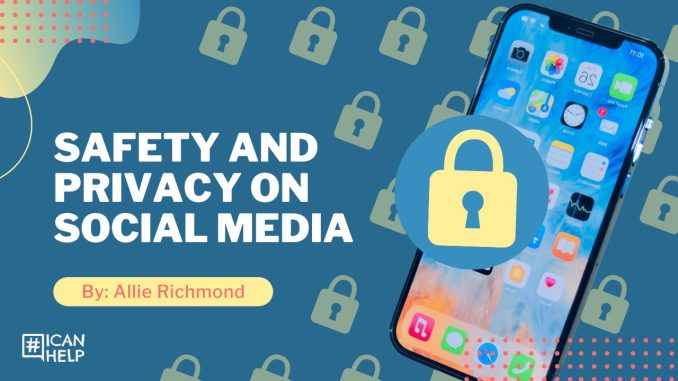
In an age where our lives are increasingly intertwined with the digital realm, social media platforms have become ubiquitous tools for connection, communication, and self-expression. From sharing fleeting moments with friends to building professional networks, their utility is undeniable. However, beneath the surface of convenience and connectivity lies a complex ecosystem where personal data is constantly being collected, analyzed, and often shared. Protecting your privacy on these platforms is no longer a niche concern but a fundamental aspect of digital literacy, essential for safeguarding your personal information, reputation, and even your financial security. Navigating this landscape effectively requires a proactive approach and a clear understanding of the mechanisms at play.
One of the foundational steps in protecting your privacy is to **understand and meticulously manage your privacy settings**. Every major social media platform, be it Facebook, Instagram, X (formerly Twitter), LinkedIn, or TikTok, offers a suite of privacy controls. These settings allow you to dictate who can see your posts, photos, and personal information, who can send you friend requests or messages, and how your data is used for advertising. Many users overlook these crucial controls, leaving their profiles more exposed than they realize. Take the time to delve into the privacy and security sections of each platform you use. For instance, you can often choose to make your posts visible only to friends, specific groups, or even just yourself, rather than the general public. Similarly, reviewing and adjusting settings related to tagging, location sharing, and direct messaging can significantly reduce your digital footprint and the amount of information accessible to strangers. It is not a one-time task; platforms frequently update their interfaces and default settings, so regular reviews are essential to ensure your preferences remain in place.
Beyond granular settings, a critical consideration is **mindfulness about the information you share**. Every photo, status update, check-in, or comment contributes to your digital profile. While sharing life’s moments is part of the social media experience, consider the potential implications of each piece of information. Disclosing your exact location in real-time, announcing your vacation dates, or posting details about your daily routine can inadvertently provide valuable information to those with malicious intent, such as burglars or stalkers. Similarly, revealing too much personal identifiable information (PII) like your full date of birth, pet’s name, or high school mascot can inadvertently provide answers to security questions for online accounts, making you vulnerable to identity theft. Before posting, pause and ask yourself: “Who can see this? What could someone do with this information? Is this truly something I want permanently associated with my online persona?”
Another often-overlooked aspect of privacy involves **third-party app permissions**. Many social media platforms allow external applications and websites to integrate with your profile, offering features like quizzes, games, or convenient login options. While seemingly innocuous, these apps often request extensive permissions to access your data, including your public profile, friend list, photos, and even private messages. Over time, these permissions can accumulate, creating numerous potential vulnerabilities. Regularly review the list of third-party apps connected to your social media accounts and revoke access for any that you no longer use or don’t recognize. Think of it as spring cleaning for your digital connections; if an app doesn’t serve a clear purpose, it’s best to disconnect it.
**Strong password hygiene and two-factor authentication (2FA)** are non-negotiable for social media security. A weak, easily guessable password is an open invitation for unauthorized access. Utilize complex, unique passwords for each social media account, ideally generated and stored by a reputable password manager. Furthermore, enable 2FA whenever possible. This adds an extra layer of security by requiring a second form of verification (such as a code sent to your phone or generated by an authenticator app) in addition to your password, making it significantly harder for unauthorized individuals to gain entry even if they manage to compromise your password.
Finally, be **skeptical of unsolicited messages, links, and friend requests**. Phishing attempts and social engineering tactics are rampant on social media. Scammers often pose as legitimate entities or acquaintances to trick users into revealing sensitive information or clicking on malicious links. If a message seems too good to be true, asks for personal details, or contains a suspicious link, exercise extreme caution. Verify the sender’s identity through alternative means if possible, and avoid clicking on links from unknown sources. Similarly, be wary of accepting friend requests from strangers, especially if their profile seems incomplete or suspicious, as these can be tactics used by scammers to gain access to your network and information.
In conclusion, maintaining privacy on social media platforms in today’s digital age is an ongoing commitment, not a one-time setup. It requires a blend of technical vigilance—meticulously managing privacy settings and app permissions, and employing strong passwords with 2FA—and a disciplined approach to information sharing. By cultivating a mindful and critical perspective on your digital interactions, you can harness the immense benefits of social media for connection and community while effectively safeguarding your personal information and digital well-being.